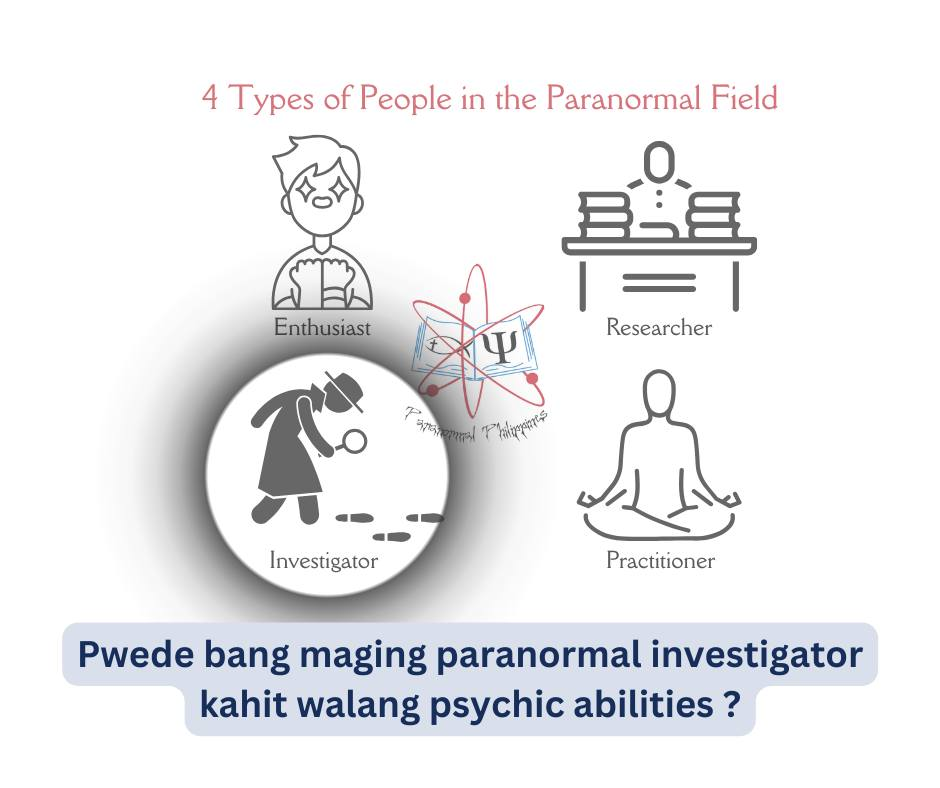Signs and Patterns of Hauntings
 🏠 |
🧭 |
🏠 |
🧭 |
When it comes to ghostly encounters, not all “evidence” is equal. Some reports can be quickly explained by psychology, environment, or fraud, while others resist easy dismissal and hint at something more unusual. Researchers have long tried to separate the ordinary-but-spooky from the genuinely anomalous.
The following are some attempts to rank the signs of hauntings according to how convincing they are. I may add more later on.
1. This is from the Association for the Scientific Study of Anomalous Phenomena (ASSAP)'s archived website.
| Possible sign of a ghost | Is it a ghost? | Alternative natural explanations |
|---|---|---|
| A figure wearing old fashioned clothes | Unlikely | Actor, re-enactor, fancy dress, fashion, etc. |
| Transparent figure | Unlikely | In photos: long exposure; in real life: possible hallucination. |
| Figure seen in haunted location | Maybe | If not secured, it could be an ordinary person. |
| Figure that behaves strangely | Unlikely | Could simply be someone behaving strangely. |
| Figure does something impossible* | Maybe | Misperception, hallucination. |
| Figure that “should not be there” | Maybe | Someone who has arrived unexpectedly. |
| Unexpected figure seen in photo | Unlikely | Faces/figures often seen in random patterns (pareidolia). |
| Orb | No | Photographic artifact** |
*“Impossible” = actions that appear to violate known physical limits (e.g., vanishing, passing through walls, levitating).
**My comment: Some people report seeing orbs with their naked eyes; if that’s the case, the cause could be paranormal.
🔑 Possible Hidden Pattern in Haunt Phenomena (according to ChatGPT)
-
Mind → Body → Environment escalation
-
Base tier: Internal feelings (deja vu, sense of being watched, sudden emotions).
-
Middle tier: Body-level effects (touches, breezes, sudden tastes/odors).
-
Higher tier: Environment shifts (objects moving, lights failing, sounds manifesting).
-
Top tier: Reality-warping extremes (apparitions, fires, folklore/divine beings).
→ Almost like hauntings “climb a ladder” from subtle perception → to physical interaction → to dramatic reality-bending.
-
-
Energy → Form → Intelligence
-
Energy only: cold spots, breezes, electrical malfunctions.
-
Form, but not personal: shadows, mists, unusual recordings.
-
Form + interaction: touches, voices, object movements.
-
Intelligence fully expressed: communication, guidance, beings.
→ The pattern looks like the phenomenon gets more “focused” the higher it goes, starting from raw energy and sharpening into personalities/beings.
-
-
Rarity as “energy cost”
-
The rarest events (fires, levitation, divine beings) might be “expensive” in terms of whatever mechanism powers hauntings.
-
The most common (feelings, shadows, déjà vu) are “cheap”—they require the least disruption of reality.
→ Like a spectrum of paranormal fuel: the more dramatic the event, the more “juice” it drains from the environment (or the witnesses).
-
✨ So the hidden pattern might be:
hauntings scale in complexity the way storms scale from
breezes → lightning → hurricanes.
Most people only feel the breeze. A few get caught in the lightning. The hurricane cases become legends.
ChatGPT based the above on the following theories:
📚 1. Tyrrell’s “Apparitional Theory” (1940s)
-
G.N.M. Tyrrell (Society for Psychical Research) said apparitions are “phantasms of the living” or of the dead, structured like thought-forms.
-
He suggested they range from vague impressions (feelings, shadows) → to semi-formed appearances → to full, intelligent figures.
-
That’s almost identical to the “Energy → Form → Intelligence” progression.
📚 2. Roll’s “Poltergeist Energy Model” (1960s–70s)
-
William Roll proposed RSPK (Recurrent Spontaneous Psychokinesis): disturbances are fueled by unconscious psychic energy, usually from stressed individuals.
-
He noted they escalate in intensity: from knocks → to object movements → to fires/levitations (the “expensive” ones).
-
This mirrors the energy cost spectrum rare events burn more fuel.
📚 3. Gauld & Cornell’s “Poltergeists” (1979)
-
They studied hundreds of cases and noticed a hierarchy of phenomena, with “noisy disturbances” being common and “major object movements or fires” being rare.
-
They didn’t formalize it as a pyramid, but they clearly saw the same gradation.
📚 4. Folkloric “Layers of Manifestation”
-
Across cultures, spirits first give signs (feelings, omens, sounds).
-
Then they may touch/interact.
-
Only rarely do they fully appear or affect the material world (fires, possession, miracles).
-
This is basically the Mind → Body → Environment escalation lens we just used.
📚 5. Jung’s Archetypal/Meaning Approach
-
Jung linked paranormal events to psychoid archetypes — unconscious energies that first show up as feelings (numinous moods, synchronicities) and only occasionally “break through” into external phenomena.
-
That’s philosophically aligned with the idea that hauntings are structured like storms, from subtle breezes to full hurricanes.
Parapsychologists have long studied haunting phenomena and recognized that some signs are easy to debunk while others resist conventional explanation. Understanding these layers of evidence does more than just help us sort the ordinary from the extraordinary—it provides valuable insight into areas such as:
The nature of anomalous experiences – what makes them different from normal events.
-
The characteristics of experiencers – who is more likely to notice, report, or even generate such phenomena and why.
-
The interpretive process – how personal background, worldview, and circumstances shape the meaning assigned to the encounter.
-
The role of environment – how place, history, and atmosphere contribute to the persistence of haunting narratives.
-
The boundary of explanation – where psychology and environment stop offering answers, and where the anomalous begins.
In short, ranking signs of hauntings is not about creating a rigid checklist, but about deepening our understanding of the puzzle of human perception, belief, and the possibility of realities beyond the ordinary.
- C.E.




Comments
Post a Comment